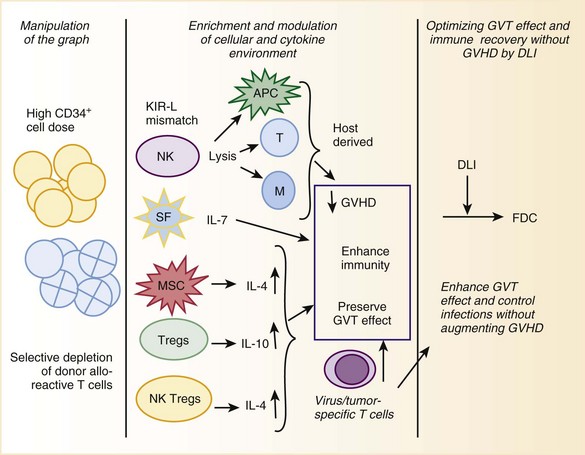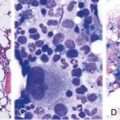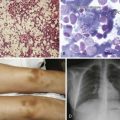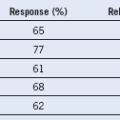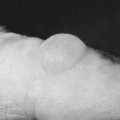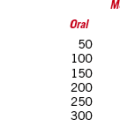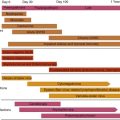Chapter 48 Haploidentical Hematopoietic Cell Transplantation
Haploidentical Hematopoietic Cell Transplantation: Why Bother?
• Only 30% of patients have an HLA genotypically or phenotypically matched related donor
• Successful haploidentical HCT would mean that most patients would have an immediately available donor
• A more potent graft-versus-tumor (GVT) effect may occur following histoincompatible HCT
Myeloablative Haploidentical HCT: Conclusions in 1997
Nonmyeloablative Haploidentical HCT: Conclusions
• Engraftment occurs in the majority of cases
• GVHD, prolonged immunodeficiency, and disease relapse remain challenging
• Mixed chimerism is achievable and may serve as a platform for adoptive cellular therapy
• Sustained remissions following donor graft rejection are seen and suggest an alternative antitumor mechanism
• Mixed chimerism can be used as a platform for achieving donor-specific solid organ tolerance
Haploidentical Hematopoietic Cell Transplantation: Ongoing Novel Efforts to Improve Transplant Outcomes
Selective Allodepletion
• Unmanipulated donor lymphocyte infusions (T-cell add-backs) cause significant graft-versus-host disease (GVHD).
• Selective depletion of specific host-reactive donor T cells (instead of global T-cell depletion) may mediate graft-versus-tumor (GVT) and antimicrobial immune responses without causing significant GVHD.
Cells and Cytokines of Special Appeal (Importance)
Natural Killer Cells
• Natural killer (NK)-cell alloreactivity in GVH direction following T cell–depleted transplant can dramatically reduce leukemic relapse.
• NK-cell alloreactivity in GVH direction can lead to lower rates of graft rejection due to donor NK–mediated lysis of host residual T cells.
• NK-cell alloreactivity in GVH direction can reduce GVHD via donor NK–mediated depletion of host antigen-presenting cells (and sparing of epithelial target tissues).
Haploidentical Hematopoietic Cell Transplantation: Future Directions
• Improved immune reconstitution, such as pathogen-specific cytotoxic T lymphocytes (CTLs) and better infectious disease monitoring
• Strategies to prevent disease relapse, such as adoptive natural killer cells, regulatory T cells, and tumor-specific CTLs
• Prospective, multicenter trials to define optimal regimens and post–hematopoietic cell transplantation care

